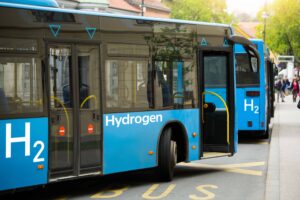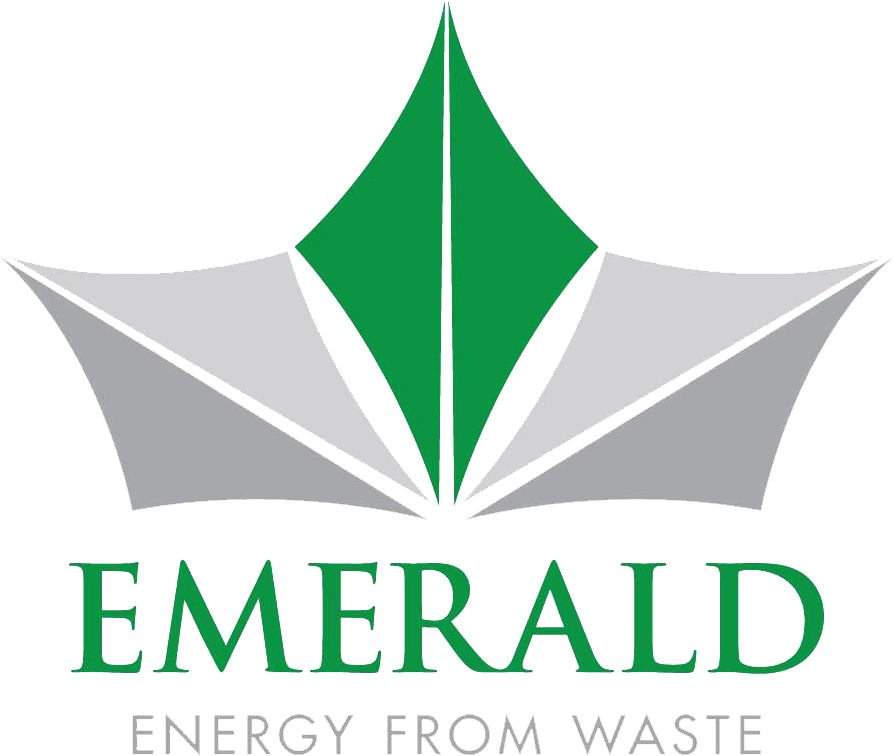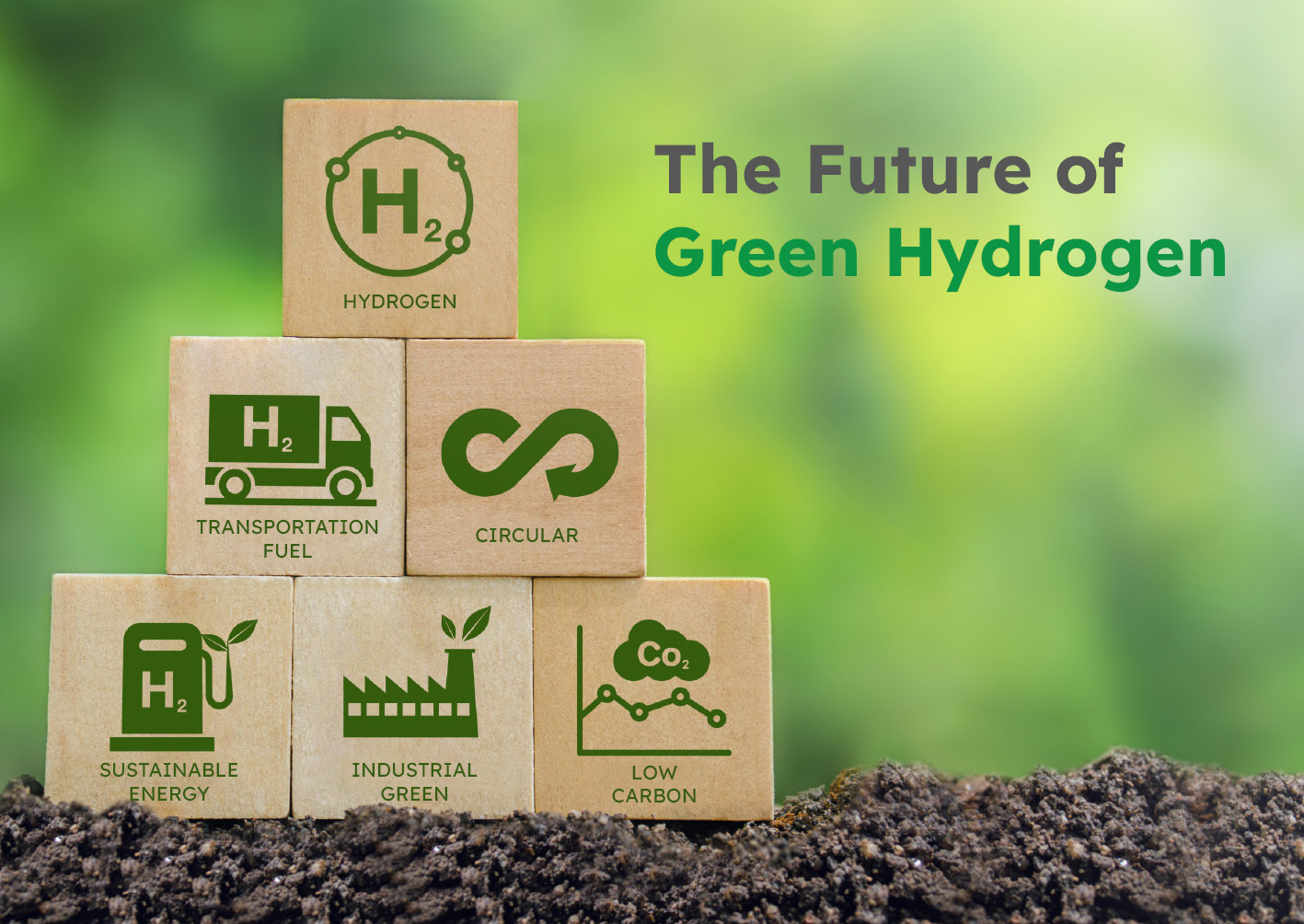Emerald Green Energy: A Clean Energy Source
 Hydrogen is an emission-free fuel. When used, hydrogen releases only water – it does not release any carbon or nitrogen contaminants. Whether used in electric cars, buses, trucks, or trains or used to supplement diesel or natural gas, hydrogen can help “de-carbonize” our energy system and substantially enhance urban air quality.
Hydrogen is an emission-free fuel. When used, hydrogen releases only water – it does not release any carbon or nitrogen contaminants. Whether used in electric cars, buses, trucks, or trains or used to supplement diesel or natural gas, hydrogen can help “de-carbonize” our energy system and substantially enhance urban air quality.
The critical factor to successfully advance the hydrogen economy is establishing an efficient system for generating and distributing hydrogen at a price that can compete with carbon-based fuels. Producing and distributing hydrogen locally lowers capital and distribution costs, enabling it to be offered at a price that is competitive with gasoline, diesel, and natural gas.
Emerald Green Hydrogen™ is produced and distributed locally. Its high quality and competitive price makes it ideal for powering fuel cell electric vehicles or supplementing carbon-based fuels like diesel, natural gas, or propane.
Emerald Green Hydrogen is produced with renewable energy. Emerald recovers energy from municipal solid waste as steam, heat, electricity, and hydrogen. These energy products return value to the businesses and residents of our community.
Revolutionizing Transportation
Commercially accessible hydrogen can help de-carbonize the transportation sector, improving its sustainability and significantly reducing pollutants and greenhouse gas emissions from buses, trucks, trains and automobiles. As hydrogen fuel use grows, emissions of nitrogen oxides, volatile carbon compounds, fine particulate matter, and greenhouse gases will diminish, enhancing urban air quality.
 Hydrogen is a viable option today for zero-emission electric vehicles. Fuel cell buses, trucks, trains and cars are fully developed and commercially available.
Hydrogen is a viable option today for zero-emission electric vehicles. Fuel cell buses, trucks, trains and cars are fully developed and commercially available.
Additionally, hydrogen can be used to supplement carbon-based fuels, creating hybrid fuels that are more efficient and produce fewer emissions. The use of hybrid fuels in existing vehicles can be a bridge between existing fleets and future hydrogen-powered fleets.
Emerald Green Hydrogen can facilitate the transition into the hydrogen economy by offering a locally sourced, competitively priced hydrogen supply. A dependable source of hydrogen will promote the adoption of hybrid fuels and contribute to the expansion of new hydrogen-powered vehicles.
Emerald Green Hydrogen is local. It is produced within the Greater Toronto Area and available for distribution to area businesses.
Emerald Green Hydrogen is produced with renewable fuel. Its price is not linked to fossil fuels, making it stable and competitive with carbon-based fuels.
Environmentally Friendly
 Sustainable communities have a structured approach to managing their waste products, employing a hierarchy that focuses on extracting value from materials that otherwise have no worth. This hierarchy leverages economic remnants through a combination of 3Rs (Reduce, Reuse, Recycle) initiatives and energy recovery processes. By extracting value in this manner, communities maximize the economic, environmental, and social benefits from the resources and energy they consume.
Sustainable communities have a structured approach to managing their waste products, employing a hierarchy that focuses on extracting value from materials that otherwise have no worth. This hierarchy leverages economic remnants through a combination of 3Rs (Reduce, Reuse, Recycle) initiatives and energy recovery processes. By extracting value in this manner, communities maximize the economic, environmental, and social benefits from the resources and energy they consume.
Emerald Green Hydrogen is derived from a renewable source – the non-recyclable fraction of municipal solid waste. The energy we recover benefits the community by providing low-carbon energy products such as steam, heat, electricity and hydrogen to power our businesses and homes. Rather than competing, the 3Rs and energy-from-waste systems complement each other. The 3Rs programs work in tandem to obtain benefits from high-value residues and harness the embodied energy contained within low-value residues.
Emissions from energy recovery are carefully monitored and controlled. Ontario has some of the most stringent, health-based emission criteria that protect our communities.
Sharing the Advantages
Energy from Waste is a multifaceted boon for society. It eases pressure on traditional energy grids, curbs carbon emissions, and fosters local employment opportunities, contributing to economic growth and innovation. Simultaneously, it reduces waste sent to landfills, alleviates environmental pollution and carbon emissions, improves air quality, and ultimately enhances the overall well-being of communities. This holistic approach to waste management delivers economic, environmental, and social benefits, making Energy Recovery a pivotal solution for a sustainable and resilient future.



